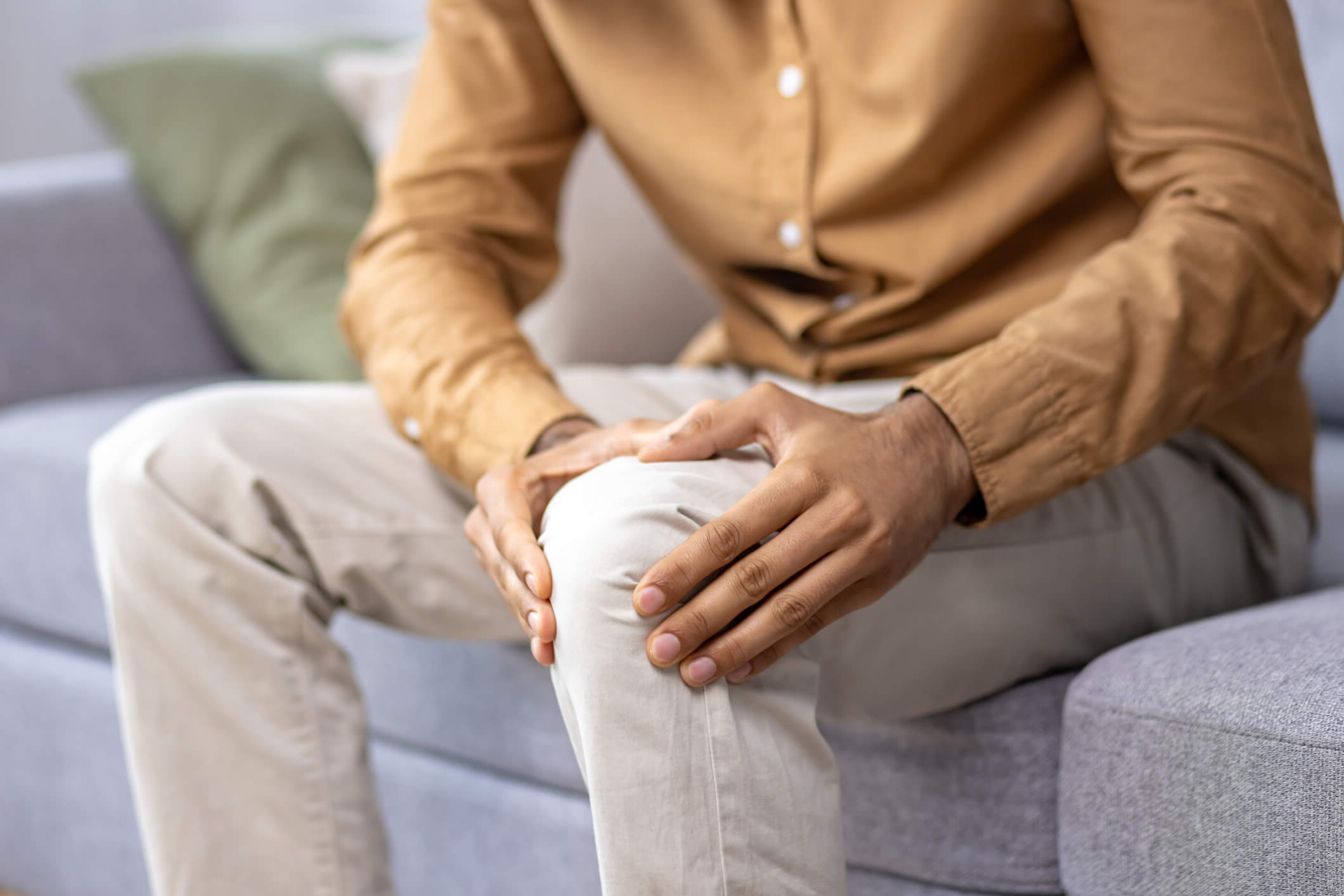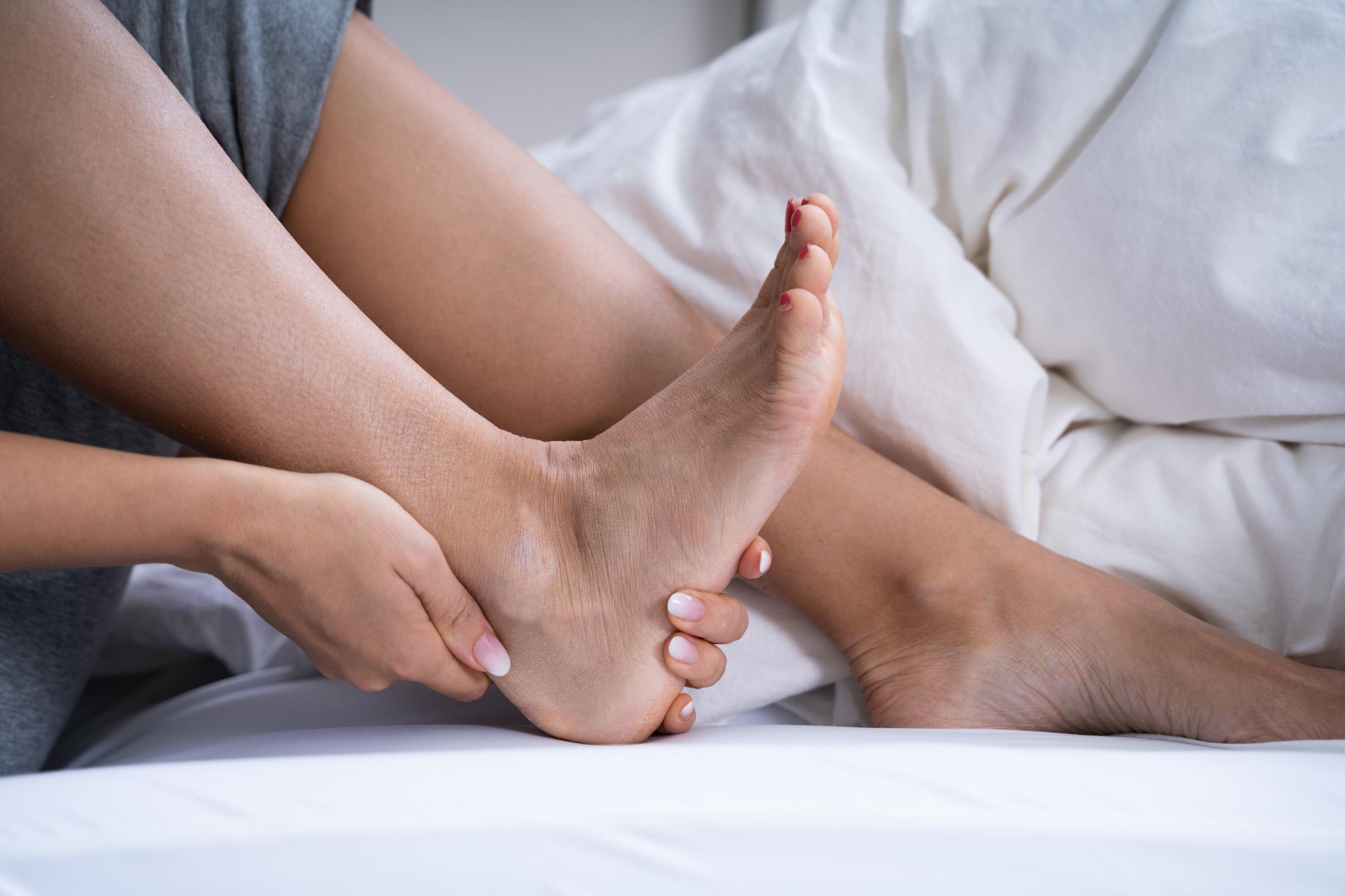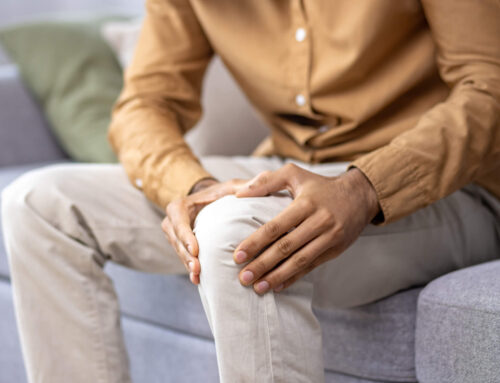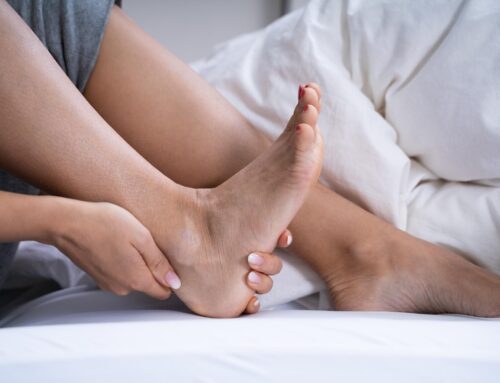Lymphedema is a condition that causes swelling, most often in the arms or legs, when the lymphatic system isn’t able to drain fluid effectively. For some people, Lymphedema symptoms is a mild inconvenience that comes and goes; for others, it can be a daily challenge that affects comfort, mobility, and confidence. The swelling can make clothing or shoes feel tight, cause heaviness in the limbs, and sometimes even lead to skin changes or discomfort that impacts daily activities.
Compression therapy is one of the most trusted, non-invasive ways to help manage these symptoms. By applying gentle, consistent pressure, compression garments support lymphatic flow, reduce swelling, and help you move more freely. The right fit and style can make a world of difference, not just in how your garment works, but in how comfortable you feel wearing it every day.
Spotting the Signs of Lymphedema
Lymphedema happens when the lymphatic system, the network that helps your body remove waste and extra fluid, isn’t able to drain properly. This can cause fluid to build up, leading to noticeable swelling. There are two main types:
- Primary lymphedema is less common and linked to inherited or developmental issues with the lymphatic vessels.
- Secondary lymphedema develops as a result of damage or blockage, often from surgery, radiation, injury, or infection.
Some of the most common triggers include cancer treatments (like lymph node removal or radiation), certain surgeries, trauma to the limb, or infections that affect lymphatic flow.
Recognizing Lymphedema Symptoms
Lymphedema can develop slowly or appear more suddenly, and it often starts with swelling in the arms, legs, hands, or feet. You might notice:
- A tight or heavy feeling in the affected limb
- Clothing, shoes, or jewelry fitting more snugly than usual
- Discomfort or aching that comes and goes
- Limited range of motion in a joint
- Skin that feels thicker, warmer, or changes texture over time
Paying attention to these changes early on is important . The sooner lymphedema is addressed, the easier it is to manage symptoms and protect long-term limb health.
How Compression Therapy Helps
Compression therapy helps manage lymphedema symptoms by gently guiding fluid out of the affected limb and supporting healthy circulation. The garments are specially designed to apply graduated pressure, meaning the compression is strongest at the farthest point from your heart (like your ankle or wrist) and gradually lessens as it moves up the limb. This gradient helps encourage lymphatic fluid to flow upward, reducing swelling and easing that heavy, tight feeling that often comes with lymphedema.
By improving lymphatic drainage and circulation, compression garments also help prevent fluid from building up again, which can reduce the frequency and severity of symptom flare-ups. Over time, consistent use can make a noticeable difference in comfort, mobility, and quality of life.
How the Right Fit Improves Results
For compression therapy to work the way it’s meant to, the garment must fit your body perfectly and match your lifestyle. If it’s too loose, it won’t apply enough pressure to move lymphatic fluid effectively. Too tight, and you could restrict healthy circulation, create skin irritation, or even worsen swelling. That’s why size, compression level, and style all matter, they work together to give you support without discomfort.
Style also helps with both function and comfort. Stockings, sleeves, gloves, custom garments each serves a specific purpose. The right style can make your garment more discreet under clothing, easier to put on, and more comfortable for long wear. When you feel good in your garment, you’re more likely to wear it consistently.
A professional fitting ensures your garment checks all the boxes: correct compression, precise measurements, and a style that fits into your daily routine.
Matching the Best Compression Garment for Your Lifestyle
Choosing the right compression garment is about more than just grabbing one off the shelf , it’s about customizing the choice to your unique needs. This includes style, fit, compression level, and even the fabric. The right garment can improve your mobility, ease swelling, and help you feel more comfortable throughout the day.
There are many options:
- Compression stockings and socks for the legs and feet, ideal for swelling control and improved circulation.
- Arm sleeves, gloves, and gauntlets for upper limb support.
- Custom garments for those with unique sizing needs or special medical requirements.
A professional fitter can guide you through these choices, helping you find a garment that works with your lifestyle while delivering the support you need.
Selecting the Right Compression Level
Compression garments are available in different pressure levels, measured in millimeters of mercury (mmHg):
- Lower compression (15–20 mmHg) – Often used for prevention or mild swelling, such as during travel.
- Moderate to higher compression (20–30 mmHg and above) – Commonly recommended for more advanced lymphedema or recovery after surgery.
Getting the right compression level is important. Too little pressure won’t be effective, while too much can cause discomfort or restrict circulation. A certified fitter can take accurate measurements, determine the correct level for your condition, and recommend a style you’ll be comfortable wearing every day.
With the right fit, style, and compression level, your garment can become a dependable part of managing lymphedema, supporting your health, and helping you stay active and comfortable
Benefits of Compression Therapy for Lymphedema Symptoms
Compression therapy helps managing lymphedema, providing relief in daily life while also supporting long-term health. When used consistently and fitted correctly, it helps reduce swelling, improves comfort, and makes it easier to stay active. Over time, these small, steady benefits can add up to a noticeable improvement in mobility and overall quality of life.
Symptom Management
- Reduced Swelling and Heaviness
Gentle, consistent pressure from compression garments helps move excess fluid out of the affected tissues. This lightens the limb, eases tightness, and can make walking, lifting, or reaching far less tiring. - Improved Comfort Throughout the Day
By keeping swelling under control, garments reduce that heavy, achy feeling and make it easier to stay on your feet or use your arms for longer periods without discomfort. - Better Mobility and Function
With less swelling, joints can move more freely, muscles work more efficiently, and physical activity feels easier. This improved range of motion supports independence in everyday activities.
Long-Term Health
- Lower Risk of Skin Infections
Lymphedema can increase the chance of infections like cellulitis. By reducing fluid buildup, compression garments help protect skin health and lower the likelihood of these complications. - Support for Daily Activities and Travel
From grocery shopping to exercise, and even long flights or car rides, compression helps keep swelling under control so you can focus on your day instead of your symptoms. - Ongoing Limb Health Protection
Consistent use of compression not only manages current symptoms but also helps prevent them from worsening over time, keeping you healthier and more active in the long run.
Tips for Getting the Best Results
Managing lymphedema symptoms with compression therapy works best when you treat it as part of your daily routine. A few small habits can go a long way toward keeping your garment effective and your symptoms under control.
Wear Your Garments Consistently
Consistency is key. Your compression garment works by applying steady, gentle pressure, and that benefit fades when you skip wearing it. Follow the schedule your healthcare provider recommends.
For many people, that means wearing the garment during the day and removing it at night. Regular use helps keep swelling down and prevents fluid from building up again.
Care for Your Garments
Compression garments need a little extra care to stay effective. Wash them according to the manufacturer’s instructions, usually by hand or on a gentle cycle in cool water, and avoid fabric softeners or harsh detergents. Lay them flat to dry instead of using a dryer, as heat can break down the elastic fibers.
Proper care not only keeps your garment clean and fresh but also helps it maintain its compression level.
Know When to Replace Them
Over time, compression garments naturally lose their elasticity and become less effective. Most last around 4–6 months with regular wear. If your garment starts to feel looser, looks worn, or isn’t controlling your swelling as well as before, it’s time for a replacement.
Check Your Skin and Comfort
Keep an eye on how your skin reacts to the garment. Redness that doesn’t fade, new irritation, or discomfort can be signs that your garment isn’t fitting properly or that you need an adjustment. If you notice changes in your symptoms, your skin, or your comfort level, let your fitter or healthcare provider know so they can make adjustments.
Getting the Best Fit with Professional Help
A professional fitting ensures your compression garment is the correct size, style, and compression level for your needs, something that’s hard to guarantee with a simple “guess and check” at home. The goal isn’t just to make the garment work, but to make it work comfortably so you’ll want to wear it every day.
An experienced fitter can also help you find the most comfortable and effective option for your lifestyle. They’ll take into account your daily activities, any medical recommendations, and your personal preferences for fabric and style.
What to Expect at Your Fitting Appointment
Your appointment will start with precise measurements of the affected area to ensure accuracy. This step is necessary, even small sizing differences can impact how well a garment works and how it feels.
Next, you’ll have the chance to try different styles and fabrics. Some people prefer lighter, more breathable materials, while others need a sturdier option for higher compression levels. A fitter will guide you through the choices, explaining the benefits of each.
Finally, you’ll get tips on how to put on and remove your garment, how to care for it so it lasts longer, and how to spot signs that it might need replacing.
Insurance and Coverage Support
The cost of compression garments is often covered, at least in part, by private insurance plans or workplace benefit programs as long as you have a prescription from your doctor or specialist. This means that for many people, the out-of-pocket expense can be reduced significantly, making it easier to get the quality garment and proper fit you need.
At Care-Med, we know that navigating insurance claims can feel a little overwhelming, especially if you’re dealing with lymphedema symptoms at the same time. We also help with the paperwork, quotes, and claim submissions. If you’re unsure about your coverage, our team can walk you through the process, answer your questions, and provide a written quote for you to confirm with your provider before moving ahead.
Whenever possible, we offer direct billing to certain insurance providers so you can skip the upfront payment and reimbursement wait. We also keep detailed records of your garment type, size, and fitting history, making it quick and easy to order replacements or schedule repeat fittings.
Our goal is to make every step of the process as simple and stress-free as possible, so you can focus on feeling better and staying comfortable.
Your Next Step in Managing Lymphedema
When it’s used correctly, compression therapy can make a real difference in managing lymphedema symptoms. From easing swelling and heaviness to improving mobility and reducing the risk of complications, the right garment can help you feel more comfortable and capable in your daily life. The trick is making sure your garment is fitted properly, comfortable enough to wear consistently, and matched to your unique needs.
A professional fitting gives you the best start. It ensures you get a garment that works with your body, your lifestyle, and your health goals so you can spend less time worrying about symptoms and more time focusing on the things you enjoy.
Ready to find the garment that fits you perfectly and supports your lymphedema management? Call us today at 416-782-5353 or book your appointment with our certified fitters.
Share This Story, Choose Your Platform!
Table of Contents
We specialize in orthotics, body braces, and compression wear tailored to your unique needs in Toronto. Reach out to us at info@caremed.care or call 416-782-5353 to book your fitting and consultation.
Experience the difference of customized solutions designed just for you.











